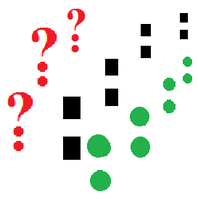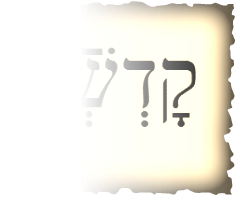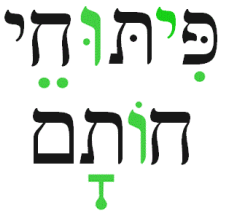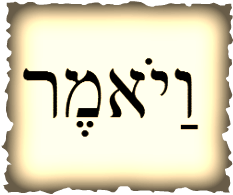
The following question was recently posed in the Chinuch Chaburah Email:
Does anyone know where to find background information on the rules for Shva Na and Shva Nach? Are there simple formulas that Kriah teachers are using?
(MODERATOR: The Chinuch Chaburah is a publication of the esteemed Rabbi T.M.S.)
Well, I am not a Kriah teacher per say, but would like to answer this question.
Does anyone know where to find background information on the rules for Shva Na and Shva Nach? Are there simple formulas that Kriah teachers are using?
(MODERATOR: The Chinuch Chaburah is a publication of the esteemed Rabbi T.M.S.)
Well, I am not a Kriah teacher per say, but would like to answer this question.



 RSS Feed
RSS Feed